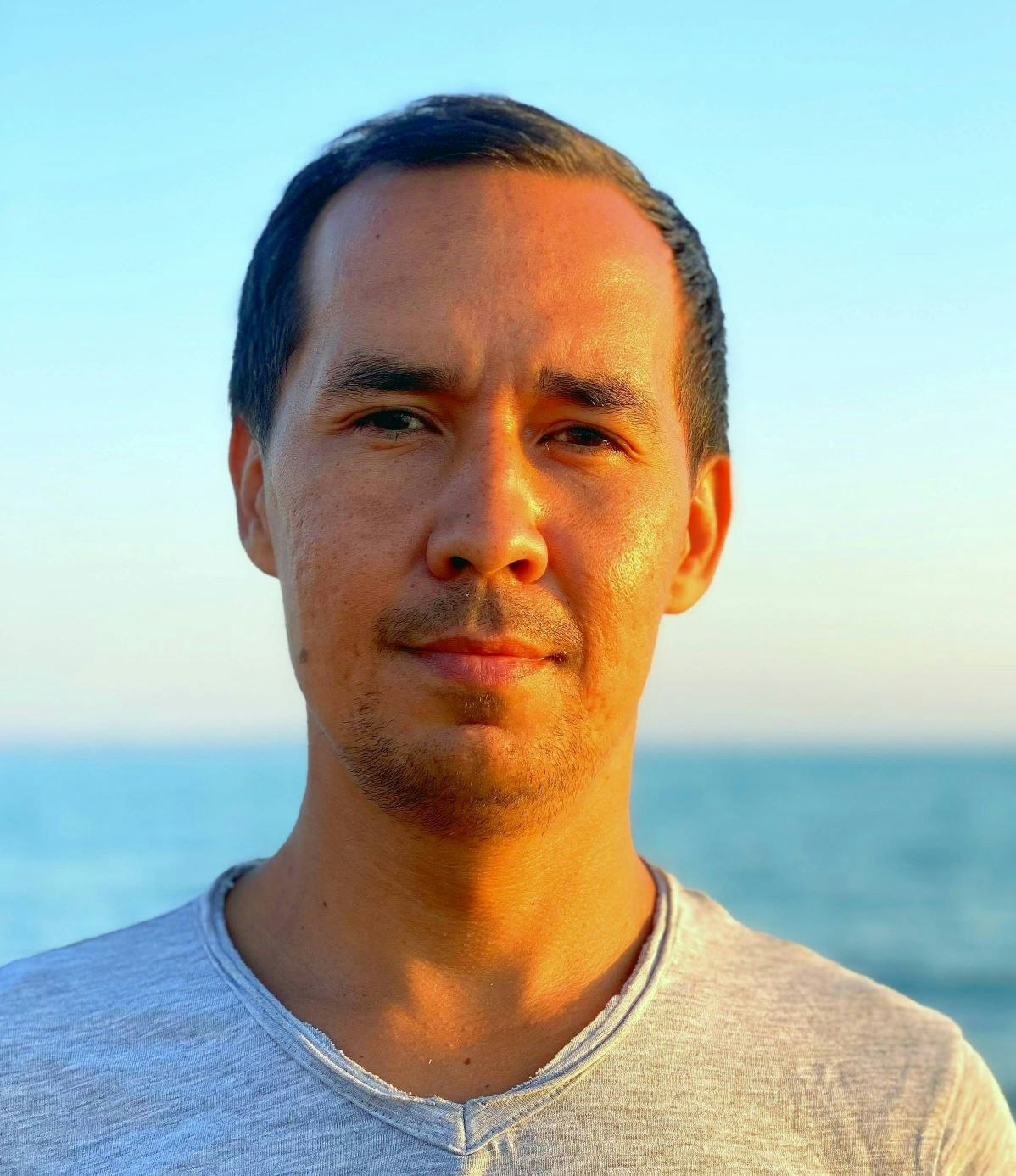Critically Endangered, the saiga antelope suffered one of the most drastic declines ever recorded for a mammal – but thanks to nearly two decades of conservation efforts, the species has made an astonishing recovery in Kazakhstan. However, there is now increased competition for pastures and water between saiga and pastoralists, escalating human-wildlife conflict.
MAGNIFICENT STEPPES
Kazakhstan’s desert-steppe ecosystems represent some of the largest and most intact steppe grasslands in the wider Central Asian region. However, they are also vulnerable to climate change and desertification. The country’s newest protected area is the Bokey Orda Reserve and Ashiozek Sanctuary in West Kazakhstan. Spanning more than 650,000 ha, it is home to a diverse array of bird and mammal species, including the world’s largest population of saiga antelope, and contains globally important soil carbon stocks. The protected area is bordered by small villages and farms where local pastoralists depend on the landscape as grazing grounds for their sheep, cattle and horses, as well as for freshwater resources.
COMPETING FOR RESOURCES
Reaching a low of 50,000 individuals in the mid-2000s, the saiga antelope has recovered to over 1.3 million individuals. Despite this work being a global conservation success story, recently recognised by the UN as one of its inaugural World Restoration Flagships, there is now mounting pressure on the government to actively control saiga populations, where increasing numbers are in direct competition with pastoral communities for the region’s natural resources, threatening local livelihoods. Escalating incidences of saiga-pastoralist conflict mean solutions are urgently needed.
REBUILDING TRUST
To address the rising conflict, Albert and his team at the Association for the Conservation of Biodiversity of Kazakhstan (ACBK) will use participatory approaches that combine scientific monitoring with community mapping to gather data and inform an evidence-based response. They will research overlapping distributions of livestock and saiga antelope, identifying key conflict hotspots using drones and camera traps. By engaging pastoralists, protected area management staff, and local government, they will seek to understand stakeholder perceptions of the conflict and together, seek sustainable and equitable solutions. With protected area management in the country traditionally being top-down, Albert’s combination of science and community participation is novel in Kazakhstan, and will provide an apt case study to apply to other landscapes across the saiga’s range.
Albert and his team will apply evidence-based approaches to find solutions, using his Whitley Award to:
- Map the distribution and management practices of all major water resources in and around the Bokey Orda-Ashiozek Protected Area, and gather data on livestock and saiga distribution in relation to them
- Assess the extent and nature of saiga-pastoralist conflicts over water in 15 key hotspots, combining scientific evidence with stakeholder consultations
- Build trust among pastoralists, protected area staff, and local government in the evidence gathered, and together co-design solutions to shape future water resource management
- Share project findings with national and international agencies to inform saiga conservation strategies across Kazakhstan and in neighbouring range states
Top Facts:
- Kazakhstan holds over 95% of the global saiga population.
- The saiga antelope is one of the oldest surviving species of the Eurasian ‘mammoth fauna’, dating back to the Ice Age.
- Saiga act as the keystone species for the Kazakh steppe, contributing to the healthy functioning of the grassland ecosystem through grazing, soil trampling, and seed dispersal.



